

Course Syllabus

2019-2020
 Course Name: Comprehensive Science - 6th Grade
Course Name: Comprehensive Science - 6th Grade
 Course Length: 37 weeks
Course Length: 37 weeks
 Delivery Method: 100% Online
Delivery Method: 100% Online
 Cumulative Terms: Fall A 2019, Fall B 2019, Spring A 2020, Spring B 2020
Cumulative Terms: Fall A 2019, Fall B 2019, Spring A 2020, Spring B 2020
 Prerequisites: You must be registered and have access to Canvas.
Prerequisites: You must be registered and have access to Canvas.
 Course Description:
Course Description:
Welcome to Comprehensive Science! You will be participating in many hands-on investigations to become a sixth-grade scientist. You will be learning all about matter, energy, living cells, force/motion, earth science, space science, as well as many other fascinating topics. The topics are divided into four separate terms and each term is comprised of two units. Each term takes between 8-12 weeks to complete.
 Course Objectives:
Course Objectives:
By the end of the school year, learners will be able to:
-
describe science as it relates the study of the natural world
-
investigate and describe different types of forces and motion
-
identify Earth’s structures and changes
-
differentiate among Earth’s systems and patterns
-
explain and investigate the weather and climate and its relationship with the Sun’s energy
-
describe cell theory and identify the structure and functions of the cell
-
identify the main systems of the human body and investigate their general functions
-
analyze and describe the classification of organisms in terms of shared characteristics using the Linnaean System as well as the system of Domains

Contact and Communication
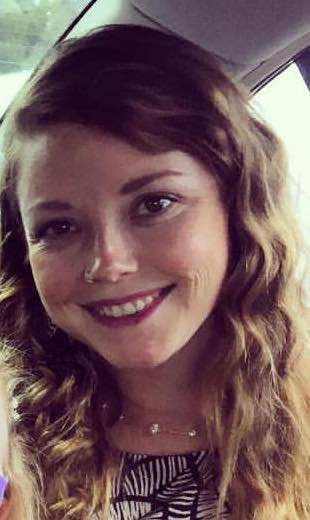
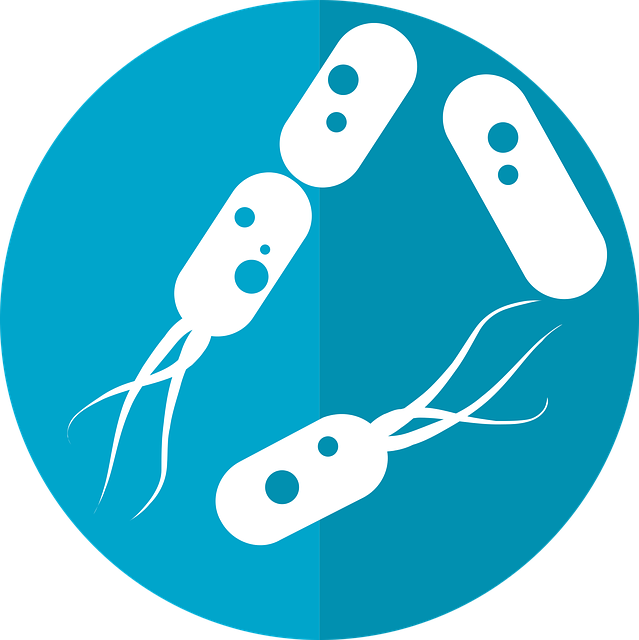 Instructor Name: Crystal Harper
Instructor Name: Crystal Harper
 Office Phone: 850-459-5204
Office Phone: 850-459-5204
 Virtual Office Hours: Monday-Friday 9am-4pm, by appointment
Virtual Office Hours: Monday-Friday 9am-4pm, by appointment
My personal biography is located under Instructor Information on the Homepage of the course. You have multiple options to contact me during this course: Ask Your Instructor Forum in the Discussion Board tab, through Course Messages, or by my Office Telephone.

If you can’t find the answer to your question after reviewing all the appropriate materials within the shell, please use the “Ask Your Instructor” forum in the Discussion Board. That way all questions that arise can benefit all students in the course. There is a good chance someone else may be thinking the same question. You are also encouraged to answer questions other students have asked that you know the answer to.
If you have personal questions concerning emergencies, grades, assignment feedback, or any other issues that need to be dealt with privately, please contact me via course messages.
 Contact: I will login to the course at least once a day and will make every effort to respond to course messages that are sent on weekdays within 48 hours. Messages sent over the weekend may not be answered until the following school day (generally Monday).
Contact: I will login to the course at least once a day and will make every effort to respond to course messages that are sent on weekdays within 48 hours. Messages sent over the weekend may not be answered until the following school day (generally Monday).
When sending course messages, please be sure that your full name is included and be as specific as possible so that I can fully answer your question in a reasonable amount of time. In addition, please try your best your best to use proper “netiquette”.
 Meetings: Meetings can be scheduled with me during my virtual office hours by telephone or through Skype. Please send me a request via Course Messages to schedule a one-to-one meeting as well as a brief description of why you would like to meet.
Meetings: Meetings can be scheduled with me during my virtual office hours by telephone or through Skype. Please send me a request via Course Messages to schedule a one-to-one meeting as well as a brief description of why you would like to meet.
 Feedback: Feedback and grades on submitted assignments will be returned within one week after the assignment deadline has passed, reflecting on the provided rubric and assignment descriptions.
Feedback: Feedback and grades on submitted assignments will be returned within one week after the assignment deadline has passed, reflecting on the provided rubric and assignment descriptions.

Course Resources
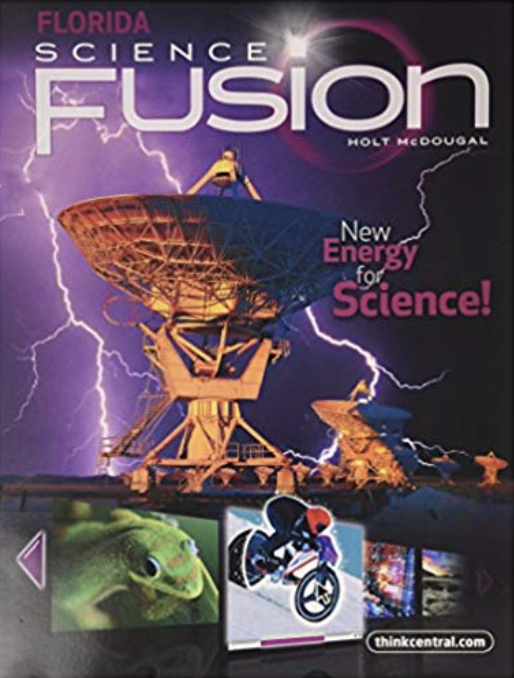
 Textbook: Holt McDougal Science Fusion: Student Edition Interactive Worktext Grade 6 2012
Textbook: Holt McDougal Science Fusion: Student Edition Interactive Worktext Grade 6 2012

Materials Needed: Some household materials will be required for hands-on labs.

Skype provides free calling through video chat where we will meet during scheduled Virtual Office Hours. You will need to register through the service provider.

A headset with a microphone and a camera (built-in or external) are required for each video chat through Skype

Office 365: As a student, you are provided free access to Office 365, Microsoft’s Online Productivity Suite. The programs you will use are Word, PowerPoint, and Excel.

Course Requirements

This course consists of a variety of activities and investigations to help you achieve the objectives of the course within the modules. Each week you will work on different combinations of readings, discussions, activities, investigations, and assessments. Each module will take three to five weeks to complete.
Because this course is 100% online, it will be delivered through a variety of formats. You will need regular access to the internet. A microphone and camera are also necessary for the course.

Grading and Grading Scale
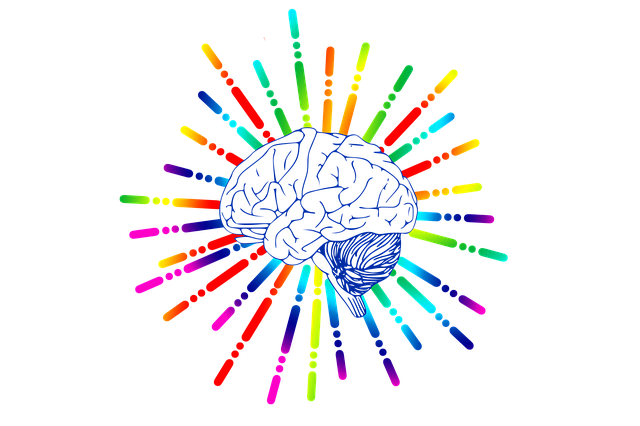 Besides engaging students in challenging curriculum, the course will guide you to reflect on your learning and evaluate your progress through a variety of assessments. Assessments can be in the form of practice quizzes, writing assignments, projects, research papers, and discussions.
Besides engaging students in challenging curriculum, the course will guide you to reflect on your learning and evaluate your progress through a variety of assessments. Assessments can be in the form of practice quizzes, writing assignments, projects, research papers, and discussions.

This course will use the state-approved grading scale. Your final term grade will consist of a weighted average of the following:
Assessment Type
|
Percent of Grade (1000 pts)
|
Quizzes
|
10% (100 points)
|
Assignments
|
35% (350 points)
|
Individual and Group Projects
|
30% (300 points)
|
Online Live Class Activities
|
10% (100 points)
|
Discussions
|
15% (150 points)
|
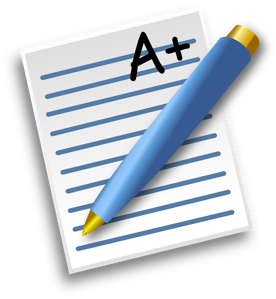
A: 90-100%
B: 80-89%
C: 70-79%
D: 60-69%
F: Below 60%

Extra Credit: There is no planned extra credit to be offered at this time.

Late Assignment Policy: Late assignments will be deducted 10 points each day after the assigned due date, no more than three days past the original due date.

Student Responsibilities
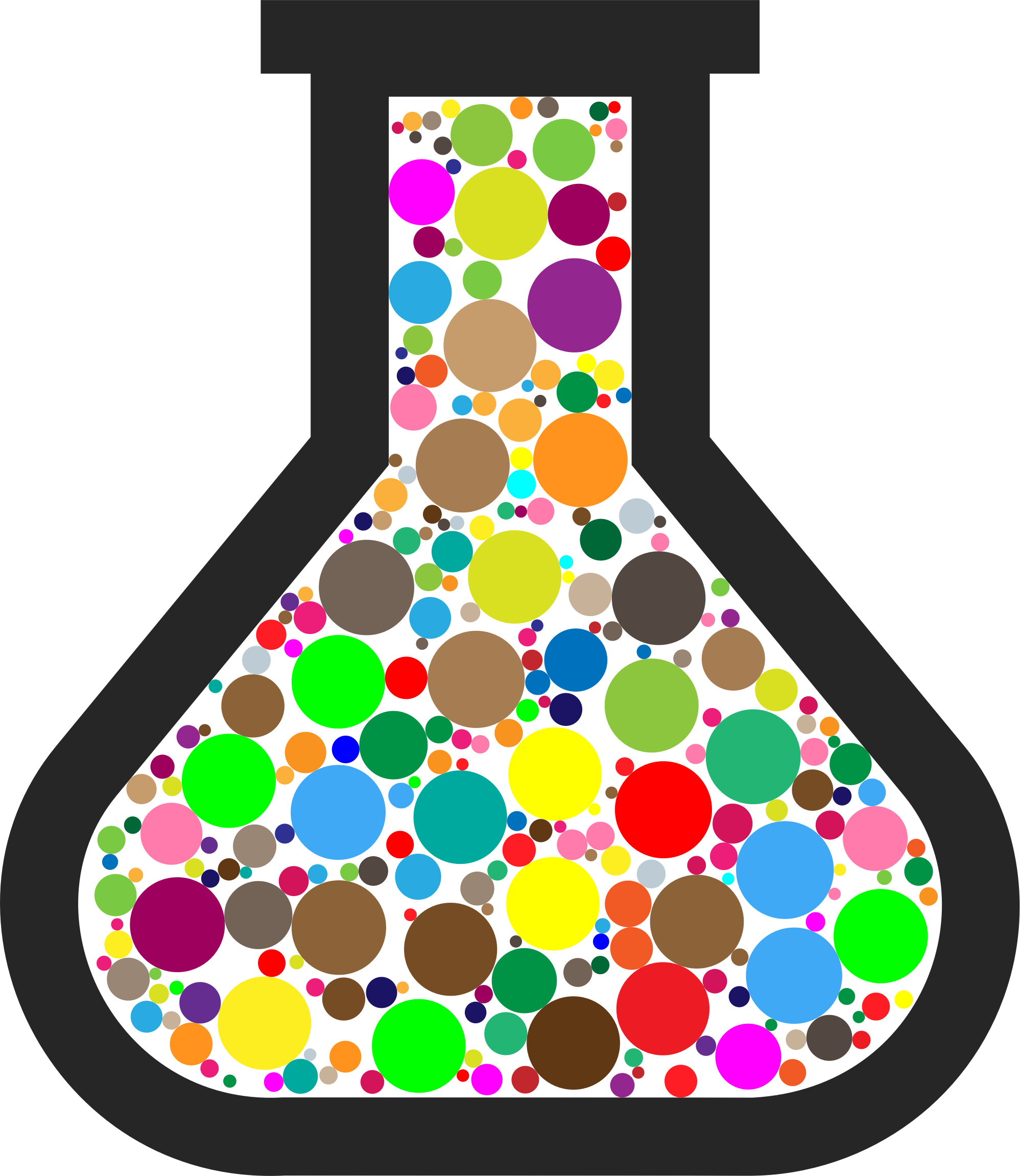 Begin by reviewing the content provided within the Introductory module. Once you complete the Syllabus Quiz with at least an 80%, the course modules will be visible.
Begin by reviewing the content provided within the Introductory module. Once you complete the Syllabus Quiz with at least an 80%, the course modules will be visible.
 It is your responsibility to check Canvas on a regular basis (at least every 1-2 days) in order to keep up with course announcements, course readings, messages, and assignments.
It is your responsibility to check Canvas on a regular basis (at least every 1-2 days) in order to keep up with course announcements, course readings, messages, and assignments.
 Attendance/Participation: Participation in this course is mandatory and will be defined by completing all activities for each week. Attendance will be determined by how often students log into Canvas on a regular basis and participate in all required discussions.
Attendance/Participation: Participation in this course is mandatory and will be defined by completing all activities for each week. Attendance will be determined by how often students log into Canvas on a regular basis and participate in all required discussions.
 Studying and Preparation Time: You should expect to spend at least 9 hours per week in this course. The development of assignments and projects may extend the time.
Studying and Preparation Time: You should expect to spend at least 9 hours per week in this course. The development of assignments and projects may extend the time.
 Assignment Submissions: Please follow the directions detailed in the Assignments tab for each individual assignment. Modules open at 12:00am EST (midnight) on Mondays and close at 6:00pm EST and close at 11:55 EST on Sundays. Assignments are due by 11:55pm EST on Sundays, unless otherwise specified.
Assignment Submissions: Please follow the directions detailed in the Assignments tab for each individual assignment. Modules open at 12:00am EST (midnight) on Mondays and close at 6:00pm EST and close at 11:55 EST on Sundays. Assignments are due by 11:55pm EST on Sundays, unless otherwise specified.
-
All assignments are to be submitted in formal English. Please be sure to
proofread and spellcheck your work prior to submission.
-
All assignments are to be submitted via Canvas.
-
Once the deadline has passed, assignments will be deducted 10 points each day after the assigned due date, no more than three days past the original due date.
-
Each assignment must be clearly marked with the student’s name and assignment name. Specific directions to naming documents are described in the assignment’s directions.

The Online Classroom
The course weeks run from Monday morning through Sunday night at 11:59pm EST.
 Announcements: The announcements will be visible underneath the Home tab when you login to Canvas. Please be sure check this area each time that you login to check for any updates related to the course.
Announcements: The announcements will be visible underneath the Home tab when you login to Canvas. Please be sure check this area each time that you login to check for any updates related to the course.

Content: The Modules tab will contain all eight modules and their corresponding activities. The course will contain a variety of teaching formats such as role playing, simulations, gamification, assigned readings, video presentations, and PowerPoint presentations. Understanding of content will be assessed through discussions, quizzes, writing assignments, and projects.


Discussions: Throughout the course, various discussion topics will be assigned within the modules. The first discussion forum titled, Student Introduction is a mandatory attendance requirement where you will introduce yourself to the class. Detailed directions are explained within the forum. Also, be sure to locate the Ask Your Instructor forum. This is where you will ask and answer any general questions pertaining to the course. Private information and questions should be asked to your instructor though course messages.

Course Messages: This will be the primary means of communication within this course. I will make every effort to respond to course messages that are sent on weekdays within 48 hours.

Assignment Submission: Assignments are to be submitted under the Assignments tab in the associated area. Please follow all detailed directions and the corresponding rubric for each assignment prior to submission. Also pay attention on how to save your document. The file name should include your name followed by the assignment title. For example, HarperCrystalModule1Theories.

Fall A
 Term Length: 9 weeks - August 26th to October 27th
Term Length: 9 weeks - August 26th to October 27th
Term Modules
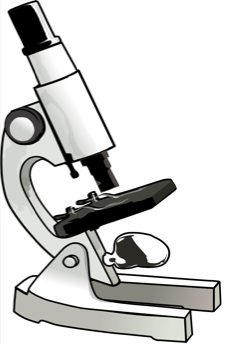
 Module 1 Objectives – Science Processes and Energy
Module 1 Objectives – Science Processes and Energy
Learners will be able to:
-
explain the difference between an experiment and other types of scientific investigation
-
describe scientific law as a description of a specific relationship under given conditions in the natural world
-
recognize and explain what a theory is and how a theory is used in science versus how theory is used differently in everyday life
-
explore the Law of Conservation of Energy by differentiating between kinetic and potential energy; identify energy transformation from kinetic to potential energy and vice versa
 Module 2 Objectives – Forces and Motion
Module 2 Objectives – Forces and Motion
Learners will be able to:
-
investigate and describe types of forces including contact forces acting as a distance, such as electrical, magnetic, and gravitational
-
investigate and explain how an unbalanced force acting on an object changes its speed, or direction of motion, or both
-
measure and graph distance versus time for an object moving at a constant speed; interpret the relationship explain why scientific investigations should be replicable

Fall B
 Term Length: 8 weeks - October 28th to December 15th
Term Length: 8 weeks - October 28th to December 15th
Term Modules
 Module 3 Objectives – Earth Structures and Changes
Module 3 Objectives – Earth Structures and Changes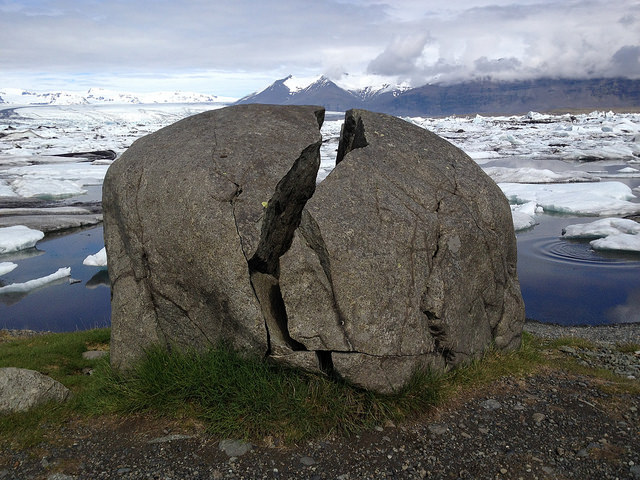
Learners will be able to:
-
identify there are different types of landforms found on Earth’s surface
-
describe and give examples of ways in which Earth’s surface is built up and torn down by physical and chemical, weathering, erosion, and deposition
-
plan and carry out an investigation on the effects of physical and chemical, weathering, erosion, and deposition
 Module 4 Objectives – Earth Systems and Patterns
Module 4 Objectives – Earth Systems and Patterns
Learners will be able to:
-
differentiate and show interactions among the geosphere, hydrosphere, cryosphere, atmosphere, and biosphere
-
describe how the composition and structure of the atmosphere protects life and insulates the planet
-
identify environmental factors that affect personal health

Spring A

Term Length: 8 weeks - January 6th to March 1st
Term Modules

Module 5 Objectives – Weather and Climate (The Sun’s Energy)
Learners will be able to:
-
explain how energy provided by the sun influences global patterns of atmospheric movement (wind) and the temperature differences between air (atmosphere), water (hydrosphere), and land (geosphere)
-
differentiate among radiation, conduction, and convection, the three mechanisms by which heat is transferred through Earth’s system
-
plan and carry out an investigation on radiation, conduction, and convection in terms of their influence on Earth’s systems (geosphere, hydrosphere, and atmosphere)

Weather and Climate
-
differentiate between weather and climate
-
investigate and apply how the cycling of water between the atmosphere and hydrosphere influences weather patterns and climate
-
describe how global patterns such as the jet stream and ocean currents influence local weather in measurable terms
-
plan and carry out an investigation on how natural disasters have affected human life in Florida

Module 6 Objectives – Cells and Life
Learners will be able to:
-
investigate and explain the components of the scientific theory of cells (cell theory): all organisms are composed of cells (single-celled or multi-cellular), all cells come from pre-existing cells, and cells are the basic unit of life
-
recognize and explore how cells of all organisms undergo similar processes to maintain homeostasis including extracting energy from food, getting rid of waste, and reproducing
-
describe and identify patterns in the hierarchical organization of organisms from atoms to molecules and cells to tissues to organs to organ systems to organisms
-
compare and contrast the structure and function of major organelles of plant and animal cells, including cell wall, cell membrane, nucleus, cytoplasm, chloroplasts, mitochondria, and vacuoles
-
create models of plant and animal cells
-
describe ways that the major systems of the body interact with homeostasis
-
compare and contrast types of infectious agents that may infect the body, including viruses, bacteria, fungi, and parasites

Spring B
 Term Length: 12 weeks - March 2nd to May 31st
Term Length: 12 weeks - March 2nd to May 31st
Term Modules
 Module 7 Objectives – Body Systems
Module 7 Objectives – Body Systems
Learners will be able to:
-
identify the major systems of the body (digestive, respiratory, circulatory, reproductive, excretory, immune, nervous, and musculoskeletal) and describe ways these systems interact with each other to maintain homeostasis
-
describe the general functions of the major systems of the body
-
describe ways that the major systems of the body interact with homeostasis
-
compare and contrast types of infectious agents that may infect the body, including viruses, bacteria, fungi, and parasites
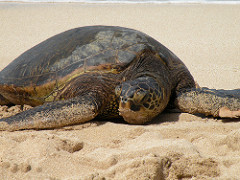
 Module 8 Objectives – Classifying Life
Module 8 Objectives – Classifying Life
Learners will be able to:
-
analyze the classification of organisms in terms of shared characteristics in the Linnaean system
-
explain why organisms are organized into a hierarchy of classification: Domain, Kingdom, Phylum, Class, Order, Family, Genus., Species
-
classify living organisms into specific domains and kingdoms

Course Citations
-
CPALMS. (2017). Grade 6 Toolkit. Retrieved from
http://www.cpalms.org/Public/ToolkitGradeLevelGroup/Toolkit?id=11
-
Davis, R., Mathis, P., & Robinson, S. (2018). Volusia County Schools Comprehensive Science 1 Curriculum Map. Retrieved from http://myvolusiaschools.org/K12-Curriculum/Curriculum%20Maps%20and%20Guides/Grade%206%20Comprehensive%20Science%201%20Regular%20and%20Advanced.pdf
-

Technical Requirements
 Computer Requirements: Students must have access to a reliable computer and internet connection throughout the entire online course.
Computer Requirements: Students must have access to a reliable computer and internet connection throughout the entire online course.
 Canvas Learning Management System (LMS): If you need assistance with Canvas, please view the video tutorials provided by this link:
Canvas Learning Management System (LMS): If you need assistance with Canvas, please view the video tutorials provided by this link:
https://community.canvaslms.com/docs/DOC-3891
 Browser Usage: The preferred browser for online courses include Google Chrome, Mozilla Firefox, or Apple Safari. I have found that Google Chrome works most efficiently.
Browser Usage: The preferred browser for online courses include Google Chrome, Mozilla Firefox, or Apple Safari. I have found that Google Chrome works most efficiently.
 Canvas Login:
Canvas Login:
Username: Student ID Number
Password: self-selected
 Technical Support: Technical issues with Canvas may be addressed by clicking the Help tab in the lower left-hand corner of the Canvas toolbar. Click “Report a Problem” and submit a ticket to their support team.
Technical Support: Technical issues with Canvas may be addressed by clicking the Help tab in the lower left-hand corner of the Canvas toolbar. Click “Report a Problem” and submit a ticket to their support team.

Accessibility Statement
This course is 508 compliant and conforms to Web Content Accessibility Guidelines 2.0 AA. In 1998, Congress amended the Rehabilitation Act to require Federal agencies to make their electronic and information technology accessible to people with disabilities. Section 508 of the Rehabilitation Act as amended, 29 U.S.C. Section 794d, requires that Federal agencies' electronic and information technology is accessible to people with disabilities. It was enacted to eliminate barriers in information technology, to make available new opportunities for people with disabilities, and to encourage development of technologies that will help achieve these goals.

Terms
(In Printable PDF Format)

The syllabus page shows a table-oriented view of the course schedule, and the basics of
course grading. You can add any other comments, notes, or thoughts you have about the course
structure, course policies or anything else.
To add some comments, click the "Edit" link at the top.
Course Summary:
Course Summary
| Date |
Details |
Due |
|
|
 Course Name: Comprehensive Science - 6th Grade
Course Name: Comprehensive Science - 6th Grade Course Length: 37 weeks
Course Length: 37 weeks
 Delivery Method: 100% Online
Delivery Method: 100% Online Cumulative Terms: Fall A 2019, Fall B 2019, Spring A 2020, Spring B 2020
Cumulative Terms: Fall A 2019, Fall B 2019, Spring A 2020, Spring B 2020 Prerequisites: You must be registered and have access to Canvas.
Prerequisites: You must be registered and have access to Canvas. Course Description:
Course Description:
 Course Objectives:
Course Objectives:
 Instructor Name: Crystal Harper
Instructor Name: Crystal Harper Email: c.l.harper526@Knights.ucf.edu
Email: c.l.harper526@Knights.ucf.edu
 Office Phone: 850-459-5204
Office Phone: 850-459-5204 Virtual Office Hours: Monday-Friday 9am-4pm, by appointment
Virtual Office Hours: Monday-Friday 9am-4pm, by appointment Contact: I will login to the course at least once a day and will make every effort to respond to course messages that are sent on weekdays within 48 hours. Messages sent over the weekend may not be answered until the following school day (generally Monday).
Contact: I will login to the course at least once a day and will make every effort to respond to course messages that are sent on weekdays within 48 hours. Messages sent over the weekend may not be answered until the following school day (generally Monday). Meetings: Meetings can be scheduled with me during my virtual office hours by telephone or through Skype. Please send me a request via Course Messages to schedule a one-to-one meeting as well as a brief description of why you would like to meet.
Meetings: Meetings can be scheduled with me during my virtual office hours by telephone or through Skype. Please send me a request via Course Messages to schedule a one-to-one meeting as well as a brief description of why you would like to meet. Feedback: Feedback and grades on submitted assignments will be returned within one week after the assignment deadline has passed, reflecting on the provided rubric and assignment descriptions.
Feedback: Feedback and grades on submitted assignments will be returned within one week after the assignment deadline has passed, reflecting on the provided rubric and assignment descriptions. Textbook: Holt McDougal Science Fusion: Student Edition Interactive Worktext Grade 6 2012
Textbook: Holt McDougal Science Fusion: Student Edition Interactive Worktext Grade 6 2012
 Besides engaging students in challenging curriculum, the course will guide you to reflect on your learning and evaluate your progress through a variety of assessments. Assessments can be in the form of practice quizzes, writing assignments, projects, research papers, and discussions.
Besides engaging students in challenging curriculum, the course will guide you to reflect on your learning and evaluate your progress through a variety of assessments. Assessments can be in the form of practice quizzes, writing assignments, projects, research papers, and discussions.
 Begin by reviewing the content provided within the Introductory module. Once you complete the Syllabus Quiz with at least an 80%, the course modules will be visible.
Begin by reviewing the content provided within the Introductory module. Once you complete the Syllabus Quiz with at least an 80%, the course modules will be visible. It is your responsibility to check Canvas on a regular basis (at least every 1-2 days) in order to keep up with course announcements, course readings, messages, and assignments.
It is your responsibility to check Canvas on a regular basis (at least every 1-2 days) in order to keep up with course announcements, course readings, messages, and assignments. Attendance/Participation: Participation in this course is mandatory and will be defined by completing all activities for each week. Attendance will be determined by how often students log into Canvas on a regular basis and participate in all required discussions.
Attendance/Participation: Participation in this course is mandatory and will be defined by completing all activities for each week. Attendance will be determined by how often students log into Canvas on a regular basis and participate in all required discussions. Studying and Preparation Time: You should expect to spend at least 9 hours per week in this course. The development of assignments and projects may extend the time.
Studying and Preparation Time: You should expect to spend at least 9 hours per week in this course. The development of assignments and projects may extend the time. Assignment Submissions: Please follow the directions detailed in the Assignments tab for each individual assignment. Modules open at 12:00am EST (midnight) on Mondays and close at 6:00pm EST and close at 11:55 EST on Sundays. Assignments are due by 11:55pm EST on Sundays, unless otherwise specified.
Assignment Submissions: Please follow the directions detailed in the Assignments tab for each individual assignment. Modules open at 12:00am EST (midnight) on Mondays and close at 6:00pm EST and close at 11:55 EST on Sundays. Assignments are due by 11:55pm EST on Sundays, unless otherwise specified. Announcements: The announcements will be visible underneath the Home tab when you login to Canvas. Please be sure check this area each time that you login to check for any updates related to the course.
Announcements: The announcements will be visible underneath the Home tab when you login to Canvas. Please be sure check this area each time that you login to check for any updates related to the course. Term Length: 9 weeks - August 26th to October 27th
Term Length: 9 weeks - August 26th to October 27th Module 1 Objectives – Science Processes and Energy
Module 1 Objectives – Science Processes and Energy
 Module 2 Objectives – Forces and Motion
Module 2 Objectives – Forces and Motion Term Length: 8 weeks - October 28th to December 15th
Term Length: 8 weeks - October 28th to December 15th Module 3 Objectives – Earth Structures and Changes
Module 3 Objectives – Earth Structures and Changes
 Module 4 Objectives – Earth Systems and Patterns
Module 4 Objectives – Earth Systems and Patterns

 Term Length: 12 weeks - March 2nd to May 31st
Term Length: 12 weeks - March 2nd to May 31st Module 7 Objectives – Body Systems
Module 7 Objectives – Body Systems
 Module 8 Objectives – Classifying Life
Module 8 Objectives – Classifying Life
 Computer Requirements: Students must have access to a reliable computer and internet connection throughout the entire online course.
Computer Requirements: Students must have access to a reliable computer and internet connection throughout the entire online course. Canvas Learning Management System (LMS): If you need assistance with Canvas, please view the video tutorials provided by this link:
Canvas Learning Management System (LMS): If you need assistance with Canvas, please view the video tutorials provided by this link: Browser Usage: The preferred browser for online courses include Google Chrome, Mozilla Firefox, or Apple Safari. I have found that Google Chrome works most efficiently.
Browser Usage: The preferred browser for online courses include Google Chrome, Mozilla Firefox, or Apple Safari. I have found that Google Chrome works most efficiently. Canvas Login:
Canvas Login: Technical Support: Technical issues with Canvas may be addressed by clicking the Help tab in the lower left-hand corner of the Canvas toolbar. Click “Report a Problem” and submit a ticket to their support team.
Technical Support: Technical issues with Canvas may be addressed by clicking the Help tab in the lower left-hand corner of the Canvas toolbar. Click “Report a Problem” and submit a ticket to their support team.